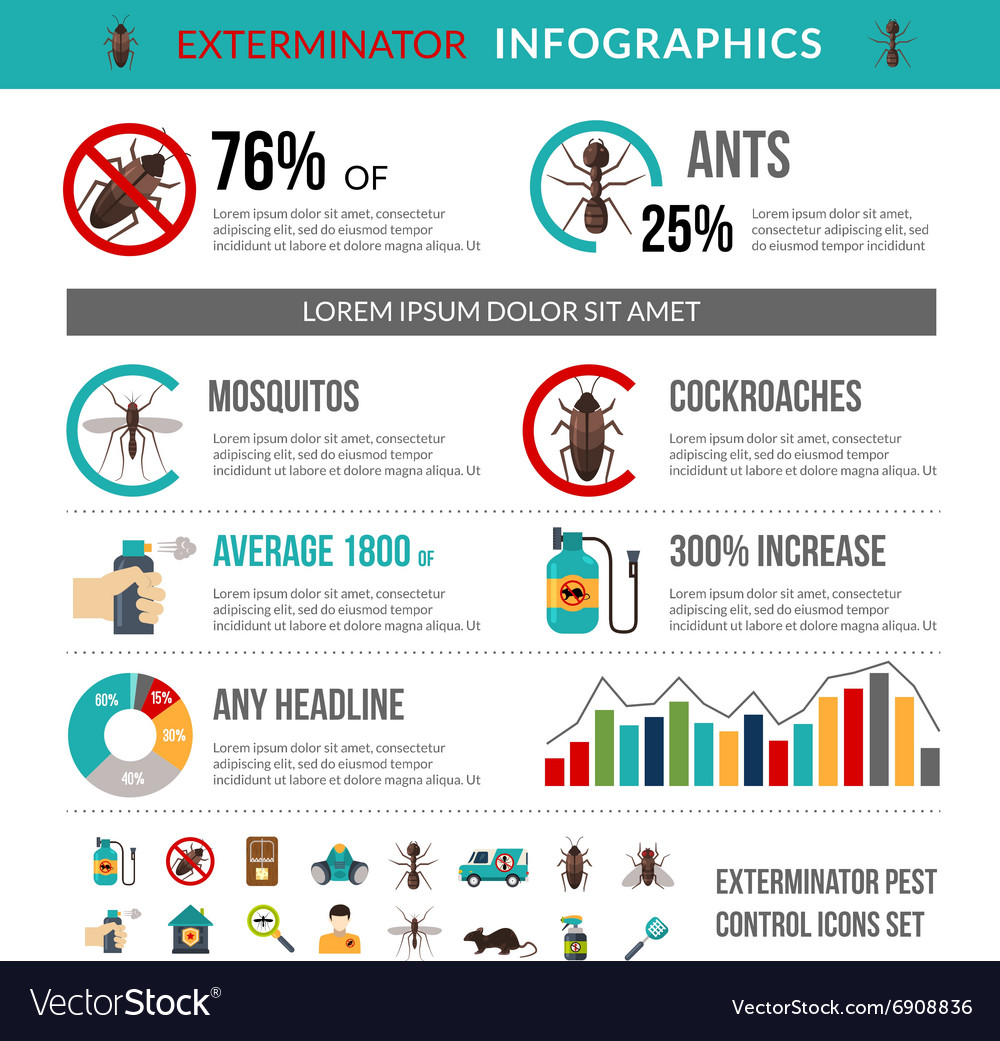Understanding The Habits Of Typical Rodents For Effective Rodent Control
Understanding The Habits Of Typical Rodents For Effective Rodent Control
Blog Article
Material Composed By-Bridges Corbett
When it involves rodent control, comprehending common rodent actions is vital to successfully handling invasions. Did you know that rodents have some remarkable nesting practices that might stun you? By discovering their elaborate habits, you can obtain important understandings into just how to deal with rodent issues in a more strategic and effective way. So, let's decipher the secrets behind these creatures' actions and find out just how to outmaneuver them in your rodent control initiatives.
Rodent Nesting Habits
When observing rodents in their all-natural environment, you'll observe that they proactively look for materials to construct their nests. Rats, such as mice and rats, are clever creatures that utilize a selection of products like twigs, leaves, paper, and fabric to build their homes. They're meticulous in their nest-building procedure, typically lining their nests with softer products like hair or plumes to develop a relaxing environment.
Rodents choose to construct their nests in hidden and safe and secure areas to secure themselves and their young from killers. Typical nesting spots include wall cavities, attics, basements, and even within insulation materials. By building their nests in these secluded locations, rats can safely raise their offspring far from potential dangers.
It is important to understand the nesting practices of rats when applying control steps. By disrupting their nests or getting rid of materials, you can inhibit rats from establishing a visibility in your house or home. Correct hygiene and sealing off entry factors are additionally vital action in preventing rodent problems.
Rat Feeding Patterns
After observing rodents' nesting routines, it comes to be apparent that their feeding patterns play a vital function in their every day lives and behaviors. Rats, including mice and rats, are opportunistic feeders, indicating they'll consume whatever food resource is easily available. They're primarily nighttime creatures, choosing to forage for food during the cover of night to stay clear of killers.
Rats have a varied diet, varying from grains, seeds, fruits, and vegetables to pests, nuts, and also tiny pets. This versatility in their food selections enables them to prosper in different environments, including metropolitan locations where human food sources are plentiful.
Their feeding patterns aren't only driven by hunger but additionally by the need to accumulate food for times of deficiency. This behavior is especially recognizable in preparation for winter months or when nesting. Rats are understood to hoard food in their nests or burrows, ensuring a consistent food supply. Understanding their feeding patterns is important in carrying out efficient rodent control measures to disrupt their food resources and protect against problems.
Rodent Activity and Travel
Rats navigate their surroundings with agility and stealth, utilizing their eager detects to move swiftly via their settings. These creatures are proficient climbers, able to scale wall surfaces and upright surface areas effortlessly. https://www.homesandgardens.com/life-design/pest-control-mistakes can likewise press via remarkably small openings, making it crucial to seal any kind of possible access points in your house.
When it involves taking a trip, rats tend to follow familiar courses, producing tracks along wall surfaces or skirting the edges of rooms. They're creatures of habit, often adhering to these established routes as they forage for food or explore their environments.
Rats are understood for their nocturnal practices, so you may hear them scooting about during the night as they look for food and water. Their activities fast and irregular, permitting them to dart in and out of sight in the blink of an eye.
Recognizing just how rodents relocate and travel can help you identify prospective problem areas in your home and take positive actions to avoid these parasites from obtaining a foothold.
Verdict
As you function to control rats in your home, remember that comprehending their actions is key. By recognizing their nesting routines, feeding patterns, and activity, you can efficiently avoid infestations.
Together, by taking positive actions to remove food sources and seal access points, you can interrupt their familiar paths and compel them to seek out brand-new places, ultimately decreasing the chance of rodent presence in your living spaces.
